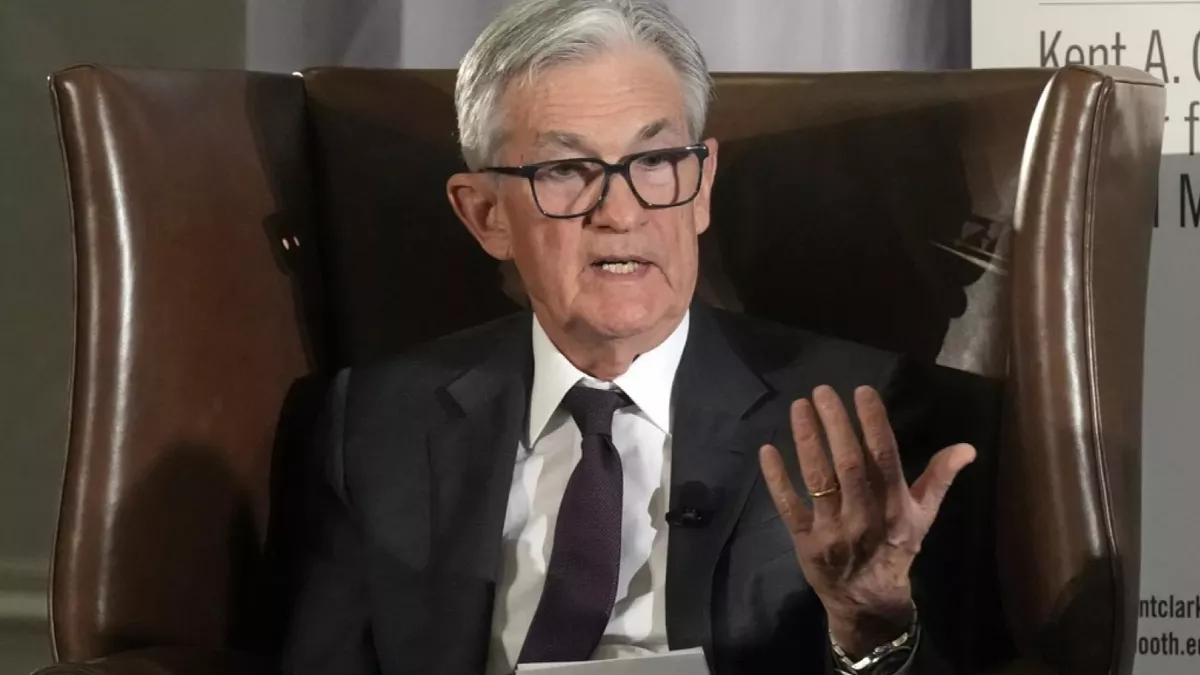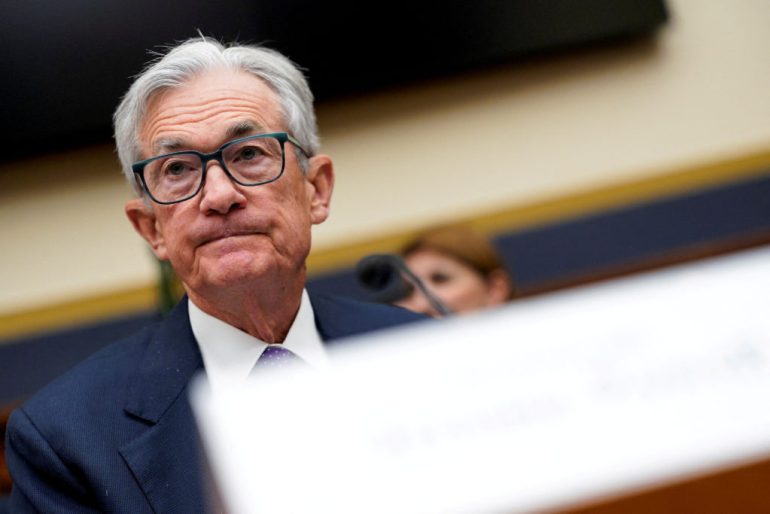Since the end of the pandemic, financial markets have largely ignored periods of weak economic data. However, this year has been different, with rising concerns about a potential recession. Investors have grown cautious as economic uncertainty has increased, fueled by new policies from the Trump administration.
The slowdown in economic activity has led to a market pullback, with analysts and economists revising their growth forecasts downward. Investors are now keenly watching the Federal Reserve for guidance on how it plans to address these emerging risks.
Three key indicators signal economic fragility: declining consumer confidence, falling government bond yields, and widening corporate bond spreads. These trends suggest that economic growth is slowing, prompting analysts to slash their GDP estimates. Former Boston Fed President Eric Rosengren now expects GDP growth to drop to 1% from his previous 2.4% forecast.
Similarly, a survey of economists has revised growth expectations down to 1.5% from 2.2%. This backdrop of economic weakness raises concerns about how the Fed will respond to support the economy.
Federal Reserve Faces Tough Choices on Interest Rates Amid Inflation and Tariff Concerns
Investors are eager to know whether the Federal Reserve will cut interest rates to counteract the slowdown or if it will hold steady due to inflation concerns. Many traders expect three quarter-point cuts this year, but economists argue that it will be challenging for Fed Chair Jerome Powell to navigate this situation.
Historically, the Fed has struggled to pivot quickly, often turning hawkish when a dovish approach is needed. Powell may emphasize that the Fed’s current rate levels are already restrictive, providing room for future cuts without appearing overly reactive.

Another significant factor influencing economic forecasts is the impact of tariffs. Initially, markets expected China to be the primary focus of U.S. trade policies, but tariffs on allies like Mexico and Canada have created additional uncertainty.
Economists predict that tariffs will lead to higher inflation, which could delay the Fed’s response to economic weakness. Inflation has remained stubbornly high, with projections suggesting it could peak at 4% later this year. This creates a challenge for the Fed, as premature rate cuts could further fuel inflation instead of stabilizing growth.
Federal Reserve’s Cautious Approach Amid Economic Uncertainty and Investor Concerns
As the Fed prepares to release its latest economic projections, economists widely expect it to maintain a “wait-and-see” stance. While some officials believe rate cuts may be necessary by fall, others argue that inflation and labor market strength will keep the Fed on hold. Powell has stated that the central bank is in no rush to act, emphasizing the importance of understanding the full effects of new policy changes. This cautious approach may frustrate investors who are hoping for immediate action to support the slowing economy.
Looking ahead, analysts are divided on the trajectory of growth and inflation. Some expect the Fed to implement aggressive rate cuts if economic conditions worsen significantly. Others predict a prolonged period of stagnation, with growth bottoming out below 1% and inflation remaining elevated.
Regardless of the Fed’s actions, uncertainty surrounding immigration policy, government spending cuts, and shifting global trade alliances will continue to weigh on businesses and investors. Rate cuts alone may not be enough to restore confidence, as broader policy concerns create a complex and unpredictable economic environment.

